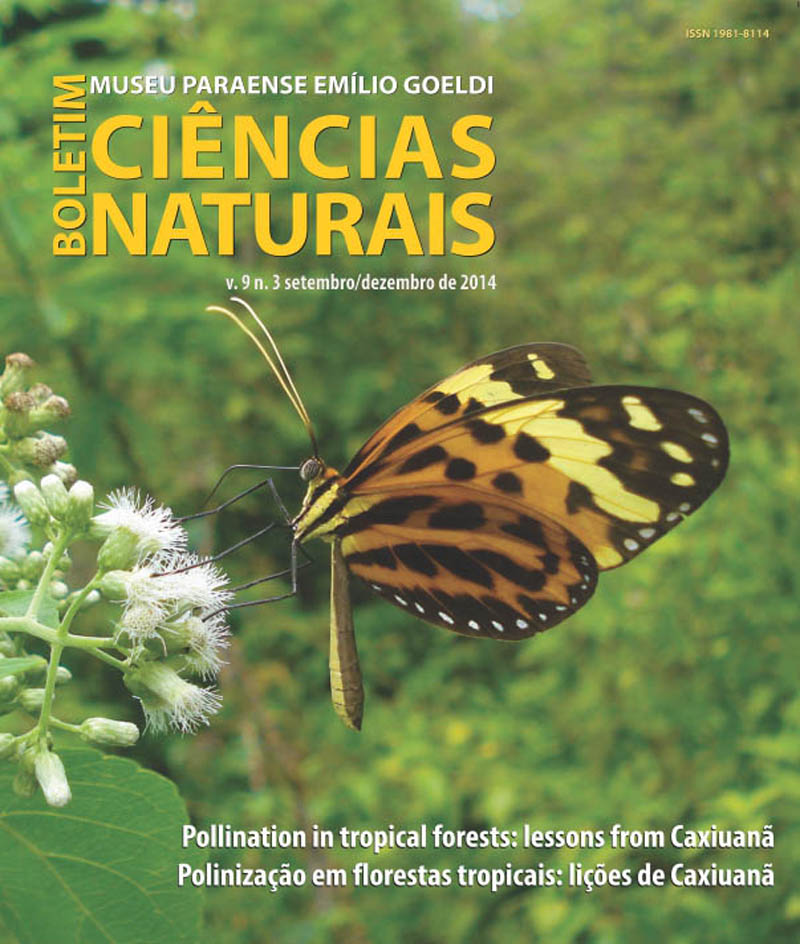Trondhjemites from Nova Canadá area: new occurrence of TTG-type magmatic associations in the Carajás Domain
DOI:
https://doi.org/10.46357/bcnaturais.v9i3.514Keywords:
TTG, Geochemistry, Archean, Carajás Domain, Nova Canadá, Amazonian CratonAbstract
Geological, petrographical and litogeochemical studies data obtained in the southern portion of Carajás Domain, ally to the petrographic and geochemical data allowed the individualization of TTG-type associations, previously correlated to the Xingu Complex. Were recognized two types of deformed biotite trondhjemite: those from the northern portion are more enriched in Na2O and modal quartz, whereas the rocks from the southern area are characterized by the presence of muscovite, plagioclase saussuritization, medium equigranular texture and discrete deformation features. The trondhjemites of the southern portion are enriched in Fe2O3, MgO, TiO2, CaO, Zr, Rb, and higher Rb/Sr ratio when compared to those of the northern part; they show higher (Fe2O3 + MgO + TiO2) contents as well, due to their biotite contents (> 3.0%). Both types of trondhjemite show affinity with high-Al and Na2O and low-K calc-alkaline TTG series. They exhibit fractionated REE patterns, with variations in the heavy REE contents and strong light REE enrichment, besides the absence of the negative Eu and Sr anomalies, and low contents of Yb and Y. The two groups of trondhjemites distinguished in this work also show geochemical affinities with trondhjemite associations of the Mesoarchean Rio Maria Domain and the Canaã dos Carajás area.
Downloads
Published
Issue
Section
License
Publication means fully assigning and transferring all copyrights of the manuscript to the journal. The Liability Statement and
Assignment of Copyrights will be enclosed with the notice of acceptance. All the authors must sign the document and return it to the journal.






